8 Free Treetop Photos transparent PNG images
Discover our curated collection of 8 free AI-generated Treetop Photos, offering a unique perspective of nature from above. This diverse gallery features stunning stock photos, 3D renderings, vector graphics, and artistic illustrations capturing the beauty of forest canopies. Each high-resolution image is available for free download, and our innovative 'open in editor' feature allows you to modify the original prompt to regenerate variations that perfectly match your vision.
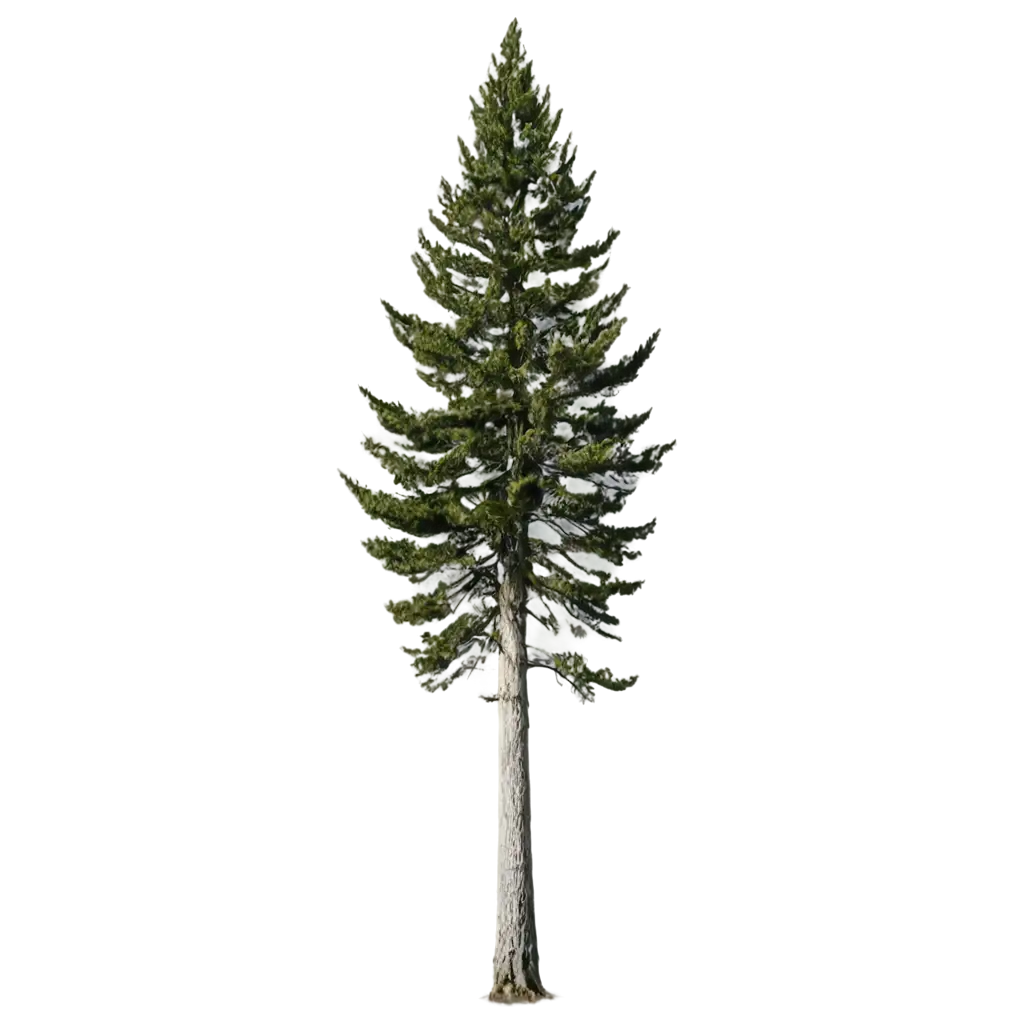
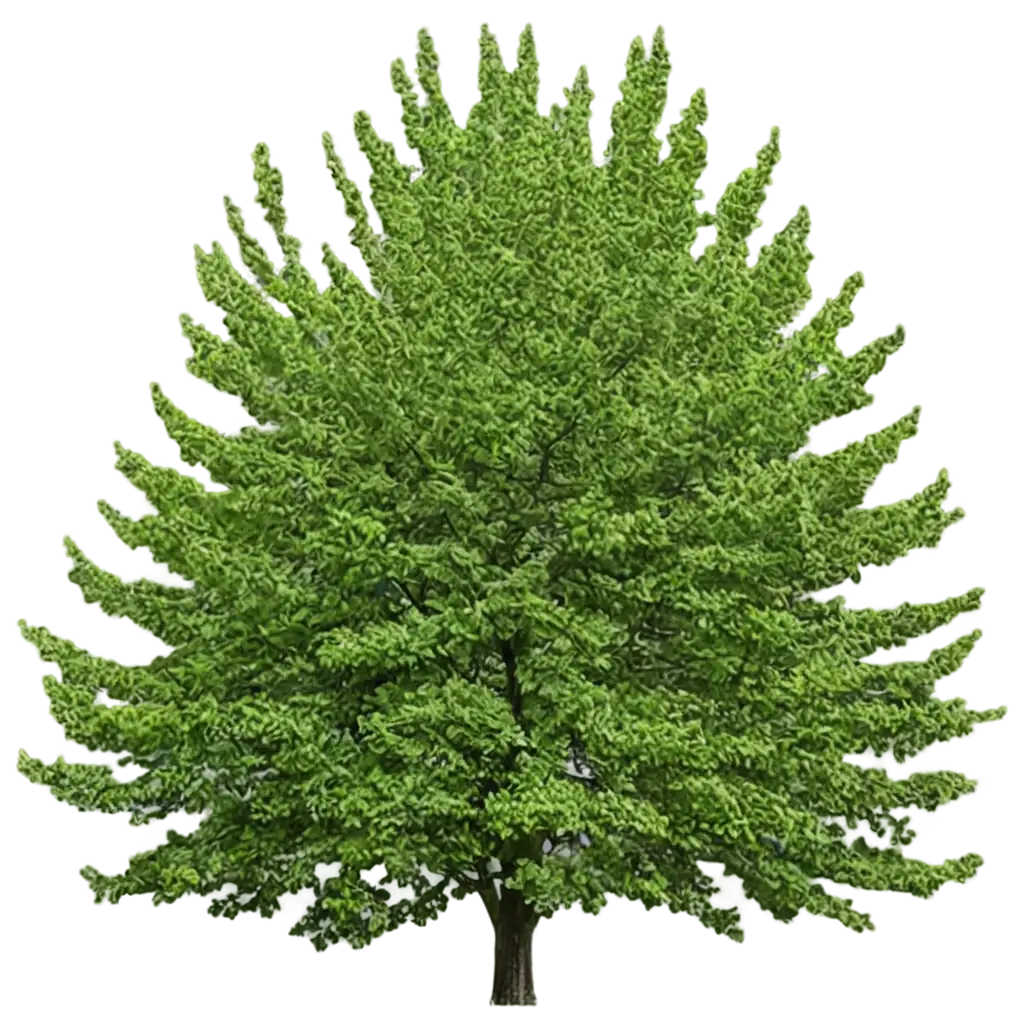
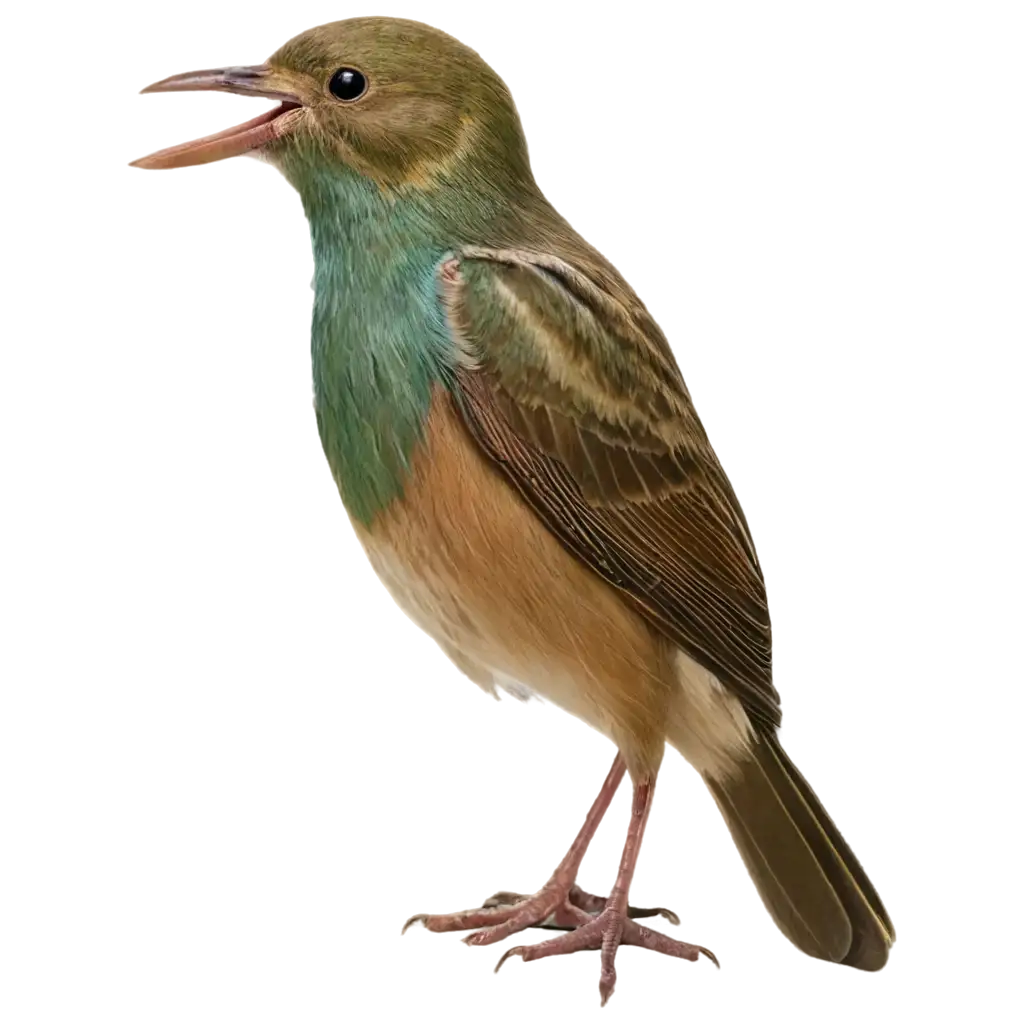
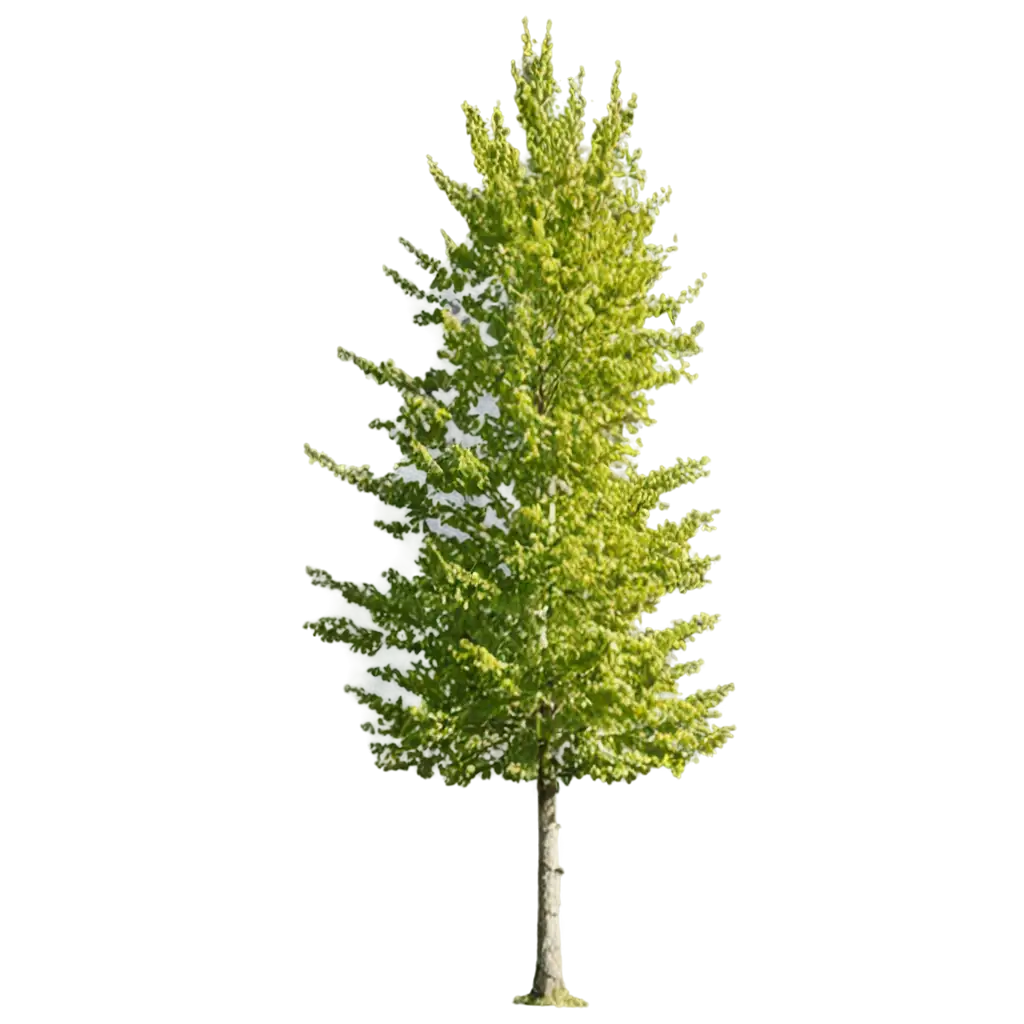
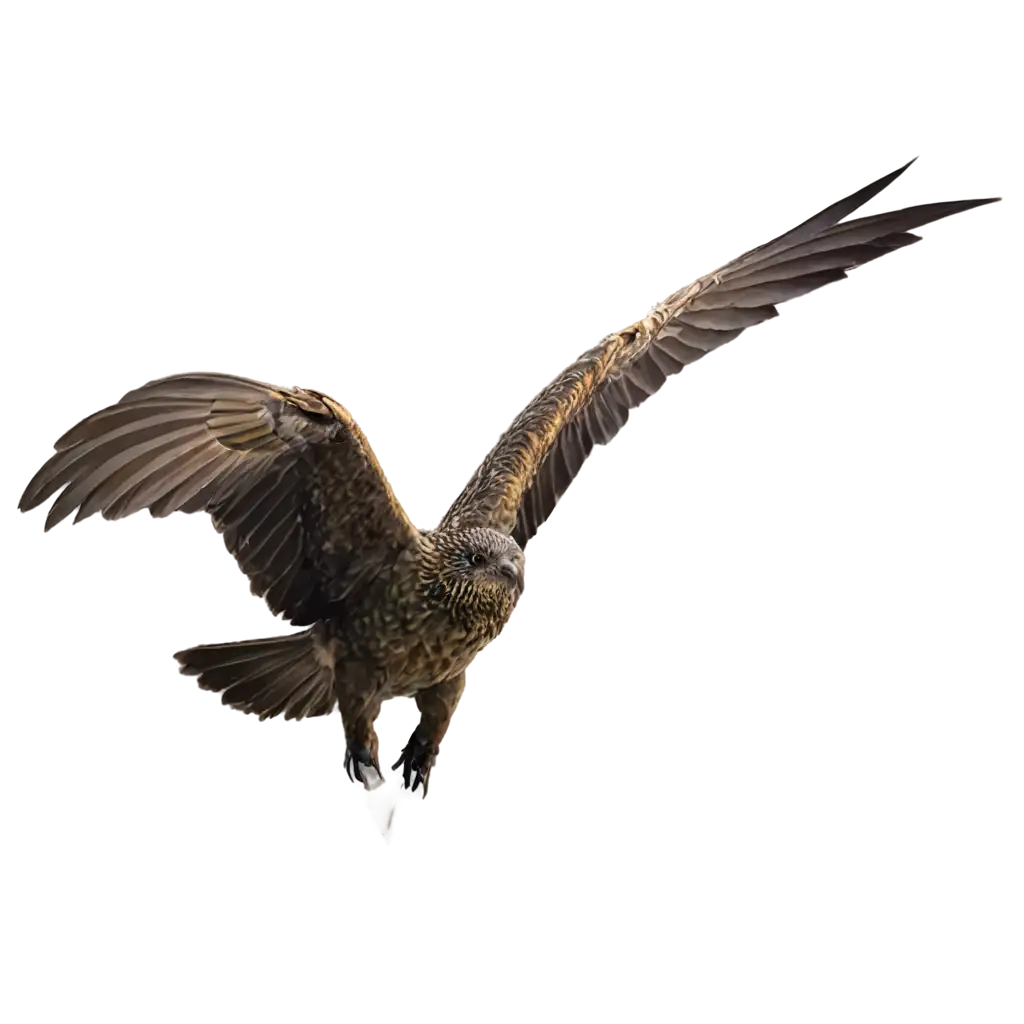
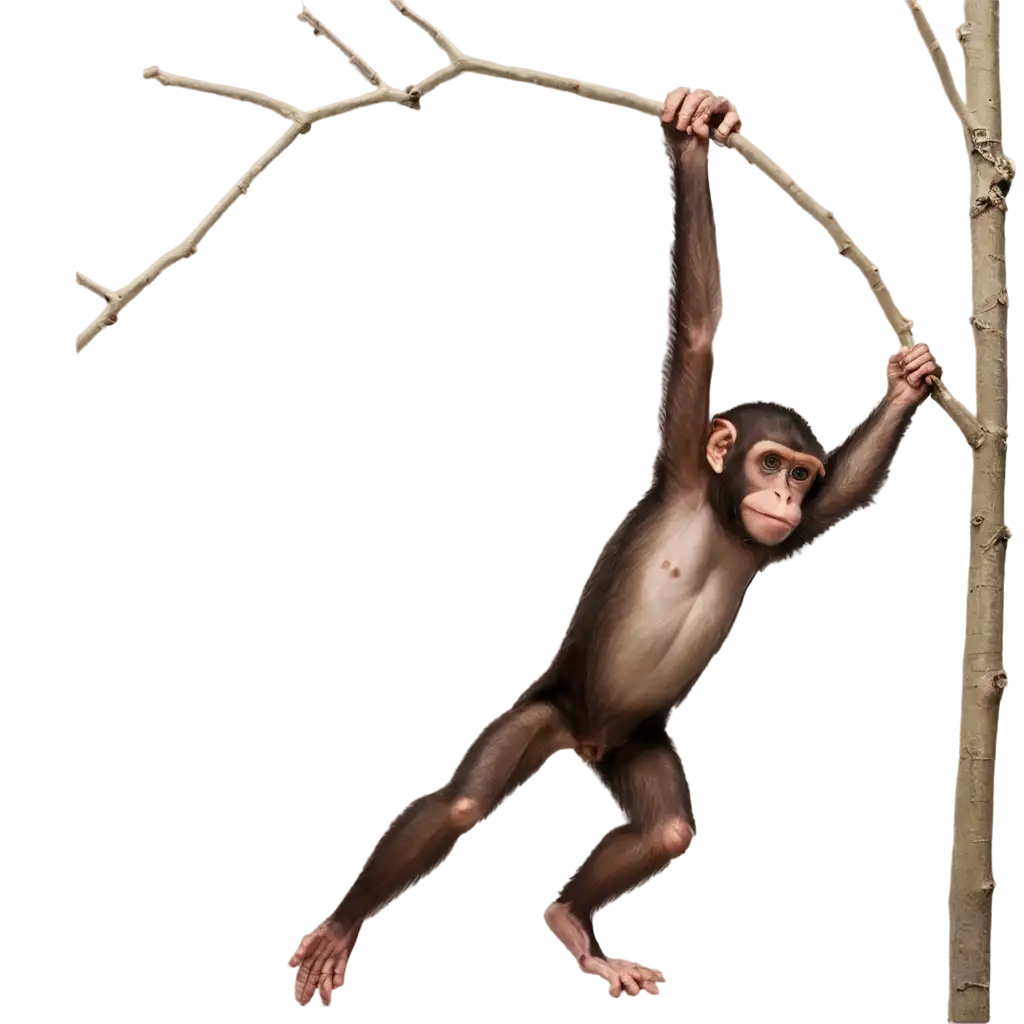
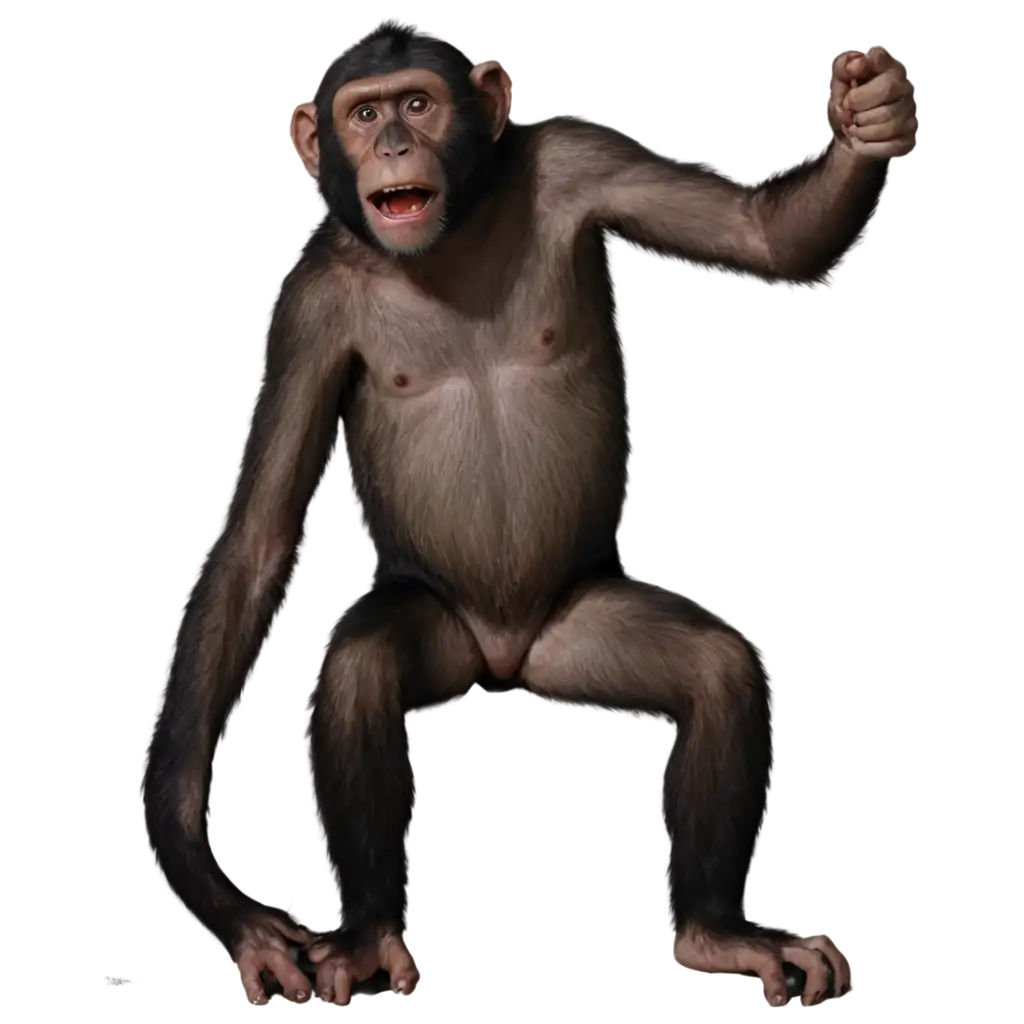
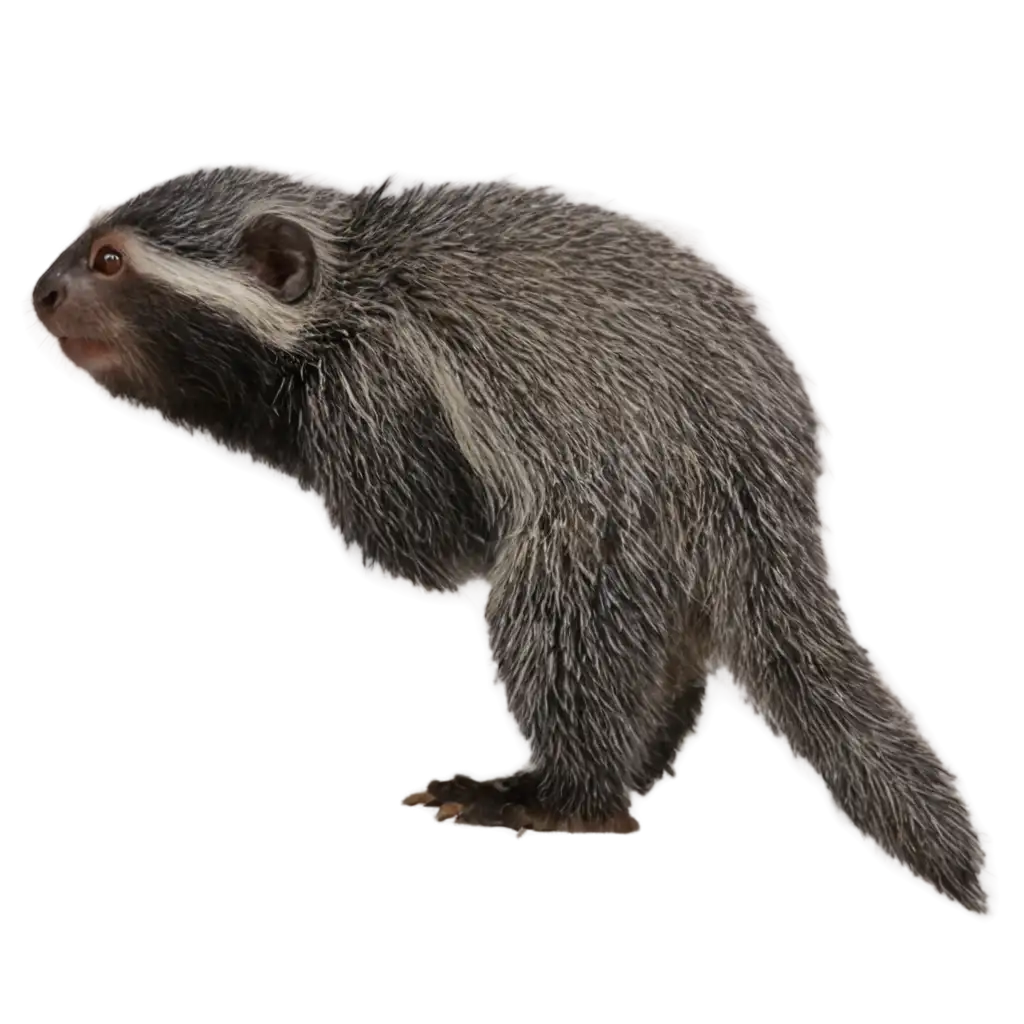
Related Tags
Treetop photography represents a distinctive perspective in nature imagery, focusing on the upper layers of forest ecosystems where branches, leaves, and wildlife intersect. This viewpoint has evolved from traditional aerial photography to include drone-captured images and, now, AI-generated interpretations. The genre encompasses everything from scientific documentation of canopy ecosystems to artistic representations of forest landscapes, offering unique insights into the often-unseen world above the forest floor. AI technology has revolutionized this field by enabling the creation of perspectives that would be physically challenging or impossible to capture with traditional photography.
Capturing Nature's Majesty: Understanding Treetop Photography
Treetop images are characterized by several key elements: the intricate patterns of overlapping branches, the play of light filtering through leaves, and the dramatic aerial perspectives of forest canopies. These images find diverse applications across industries, from environmental conservation and educational materials to architectural visualization and interior design. In landscape architecture, they're used for planning and visualization of green spaces. In commercial settings, they serve as powerful marketing tools for eco-tourism, environmental initiatives, and sustainable product branding. The versatility of AI-generated treetop images allows for seamless adaptation across seasons, lighting conditions, and artistic styles.
Essential Elements and Applications of Treetop Imagery
Generating effective treetop images through AI requires understanding key compositional elements and prompt engineering techniques. Successful prompts often incorporate specific terminology about canopy structure, lighting conditions, and seasonal variations. For photorealistic results, include details about perspective (bird's-eye, drone view, or looking up), time of day, and weather conditions. To create more artistic interpretations, experiment with style descriptors like 'impressionistic,' 'minimalist,' or 'abstract.' Consider including atmospheric elements such as morning mist, dappled sunlight, or storm clouds to add drama and depth to the composition. The AI's ability to blend these elements creates unique perspectives that might be impossible or dangerous to capture in traditional photography.
Creating Compelling Treetop Visuals with AI
The field of AI-generated treetop imagery continues to evolve with advancing technology. Emerging trends include hyper-realistic 3D renderings that accurately simulate complex canopy ecosystems, seasonal transformation animations, and interactive visualizations allowing users to explore forest canopies from multiple angles. Environmental scientists and conservationists are increasingly utilizing these AI-generated images for climate change visualization and forest health monitoring. The integration of botanical accuracy with artistic interpretation is becoming more sophisticated, leading to images that not only capture the beauty of treetop environments but also serve as valuable tools for environmental education and advocacy.
Future Trends in AI-Generated Treetop Imagery